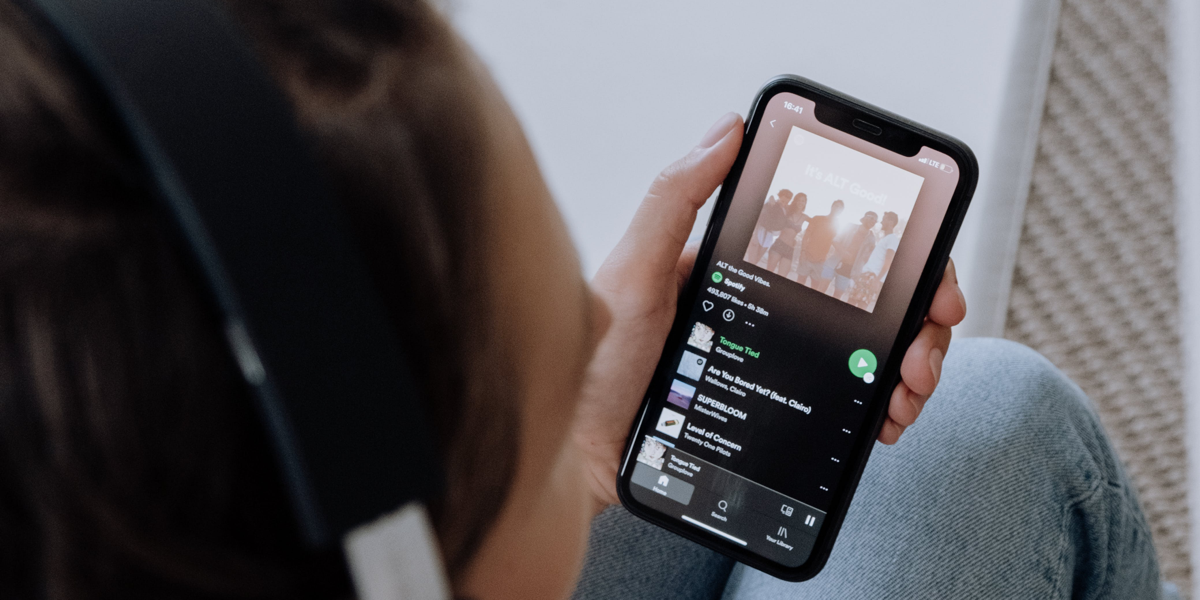Everyone Should Learn to Read Music

Whatever your motivation is to learn to read music, maybe to improve your guitar playing, strengthen your songwriting or just help your children with their music lessons, it will be a useful skill you’ll be glad you learned. Once you discover the basics, you’ll become more confident in your ability which will make you more adept in the studio, self-assured on stage and more knowledgeable sitting next to your daughter at the piano learning ‘Mary Had A Little Lamb’.
For most of us, learning to read music seems like a difficult task. We look at a piece of sheet music and it resembles a foreign language. We quickly become intimidated and never make an honest attempt to understand what the notes and symbols represent. Ironically, the skills needed to learn to read music are the basic concepts we learned when we were young.
Notes are the heart of our music education and step one of the learning process. Being able to identify the notes is as easy as knowing your ABC’s. Actually, you only have to know up to G as the musical alphabet is just 7 letters long. And you thought this was going to be complicated.
Each note has a dedicated place on the musical staff which is made up of lines and spaces. They come in a variety of shapes and sizes and can be displayed by themselves or grouped with other notes. Each has a specific value linked to its’ shape that represents how long to play or sing the note(s). This brings us to our next required skill needed to read music, counting. If you watched Sesame Street as a kid and can count to 20, you’re good to go:)
When trying to read a piece of sheet music, important signs and symbols provide us with all the information necessary to understand the musical path of the composition. We can quickly establish how fast or slow we should perform the notes or the ‘tempo’ and the musical scale the composition is rooted in or the ‘key’. Additionally, various markings that affect particular notes, for instance sharps and flats, when to play louder or when to repeat a section, will be clearly indicated.
Once you become familiar with the musical glossary, you will be able to read music with relative ease. Even complicated classical pieces can be worked out and understood quickly.
Music is such an important part of our existence and not just a form of entertainment. The connection between music and our brains is far reaching as it affects both right and left brain capacities. This being said, everyone can benefit from learning to play the guitar or piano or simply learning to read music. Like anything else, a couple of determined baby steps will serve you well on your musical journey.






